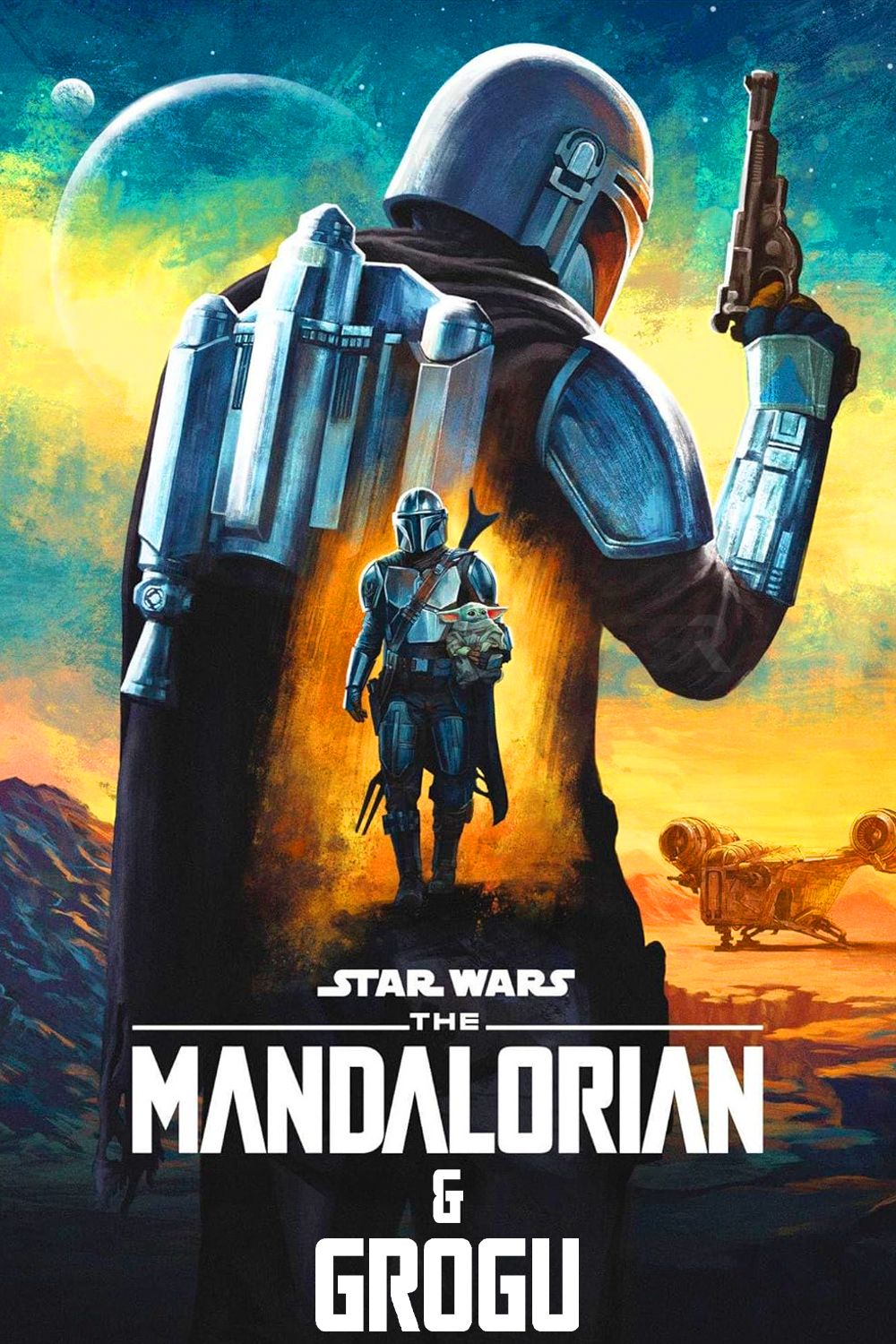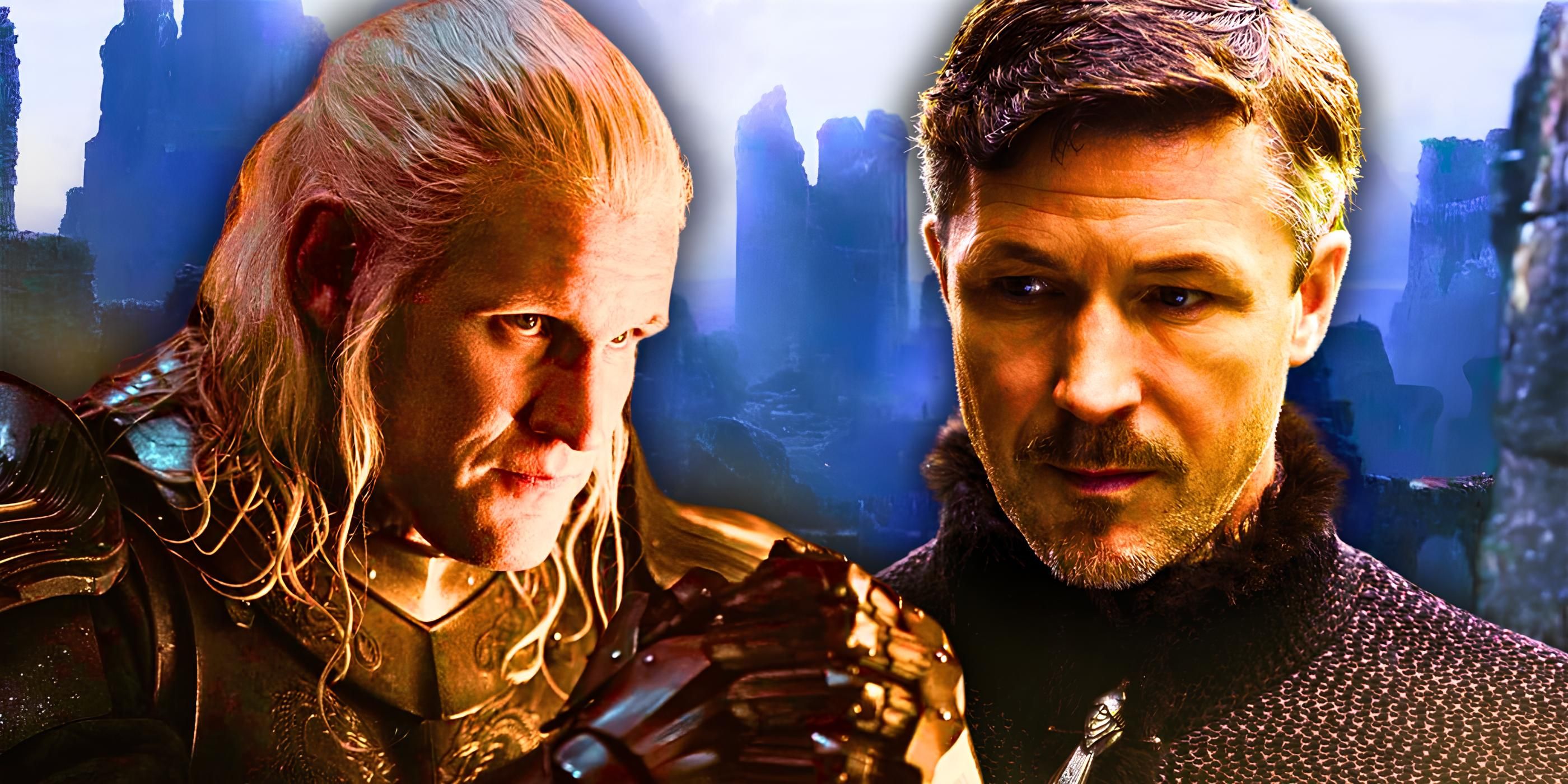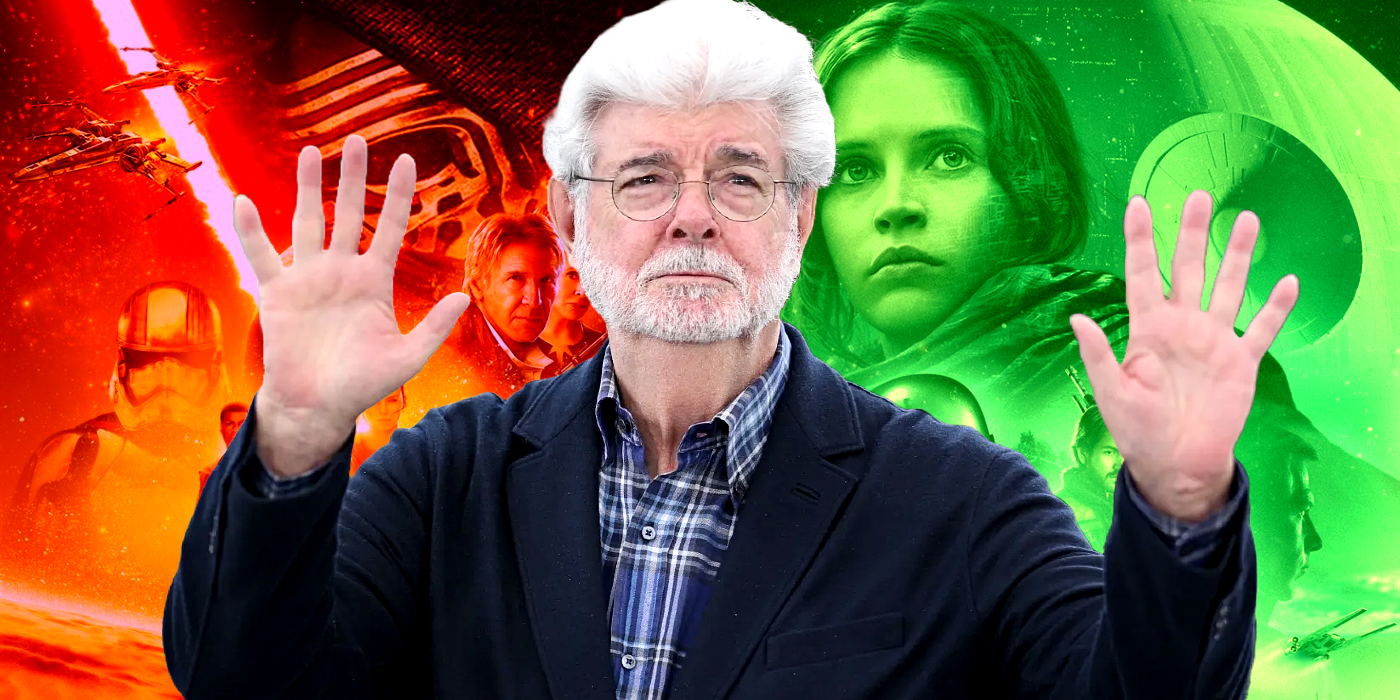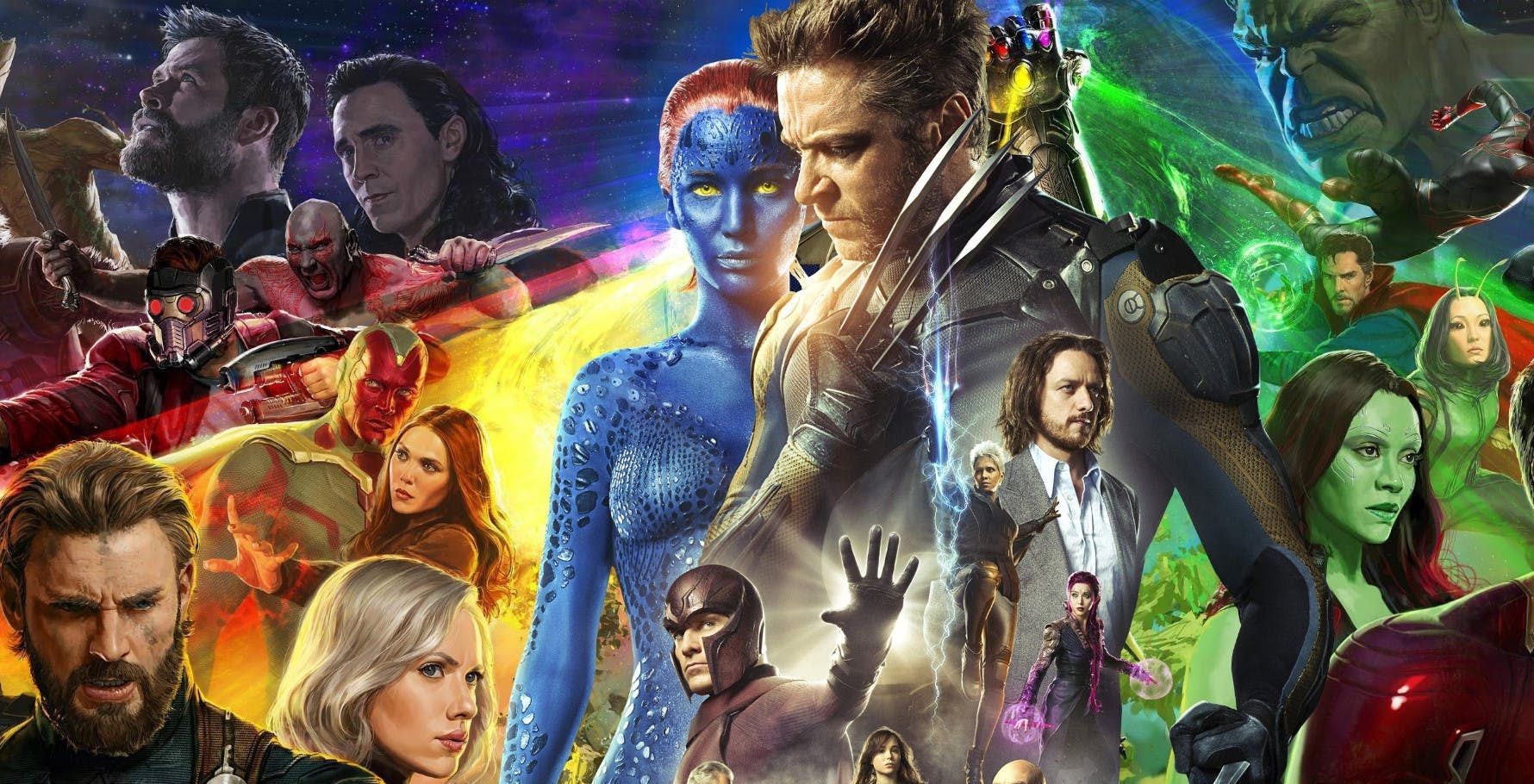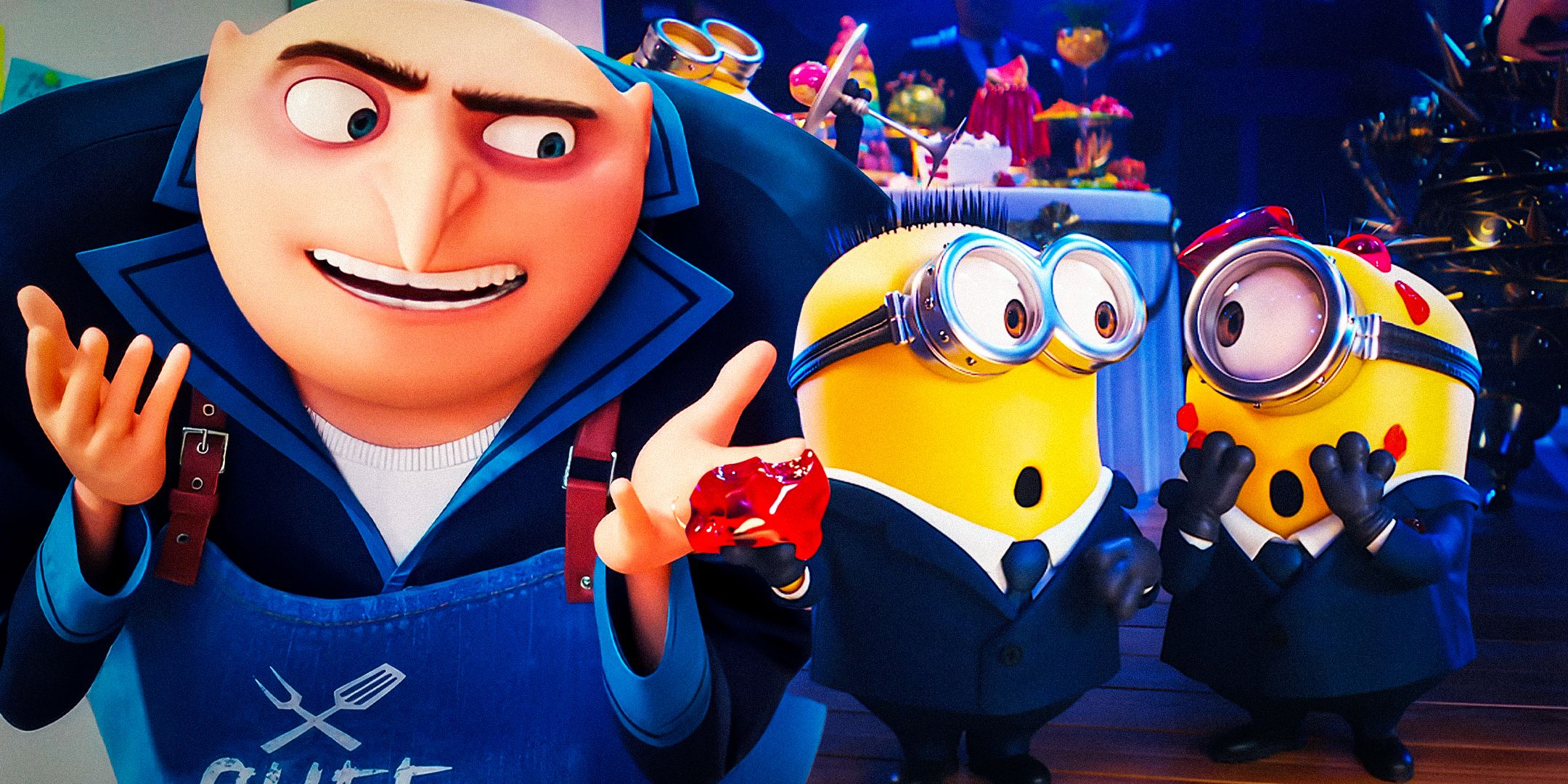Delinquent battle anime Wind Breaker, which is currently streaming on Crunchyroll, adheres to the tried and true formula of “enemies today, friends tomorrow” – to a fault. While formerly reprehensible antagonists narrating their tragic backstories is an anime staple, the pacing of CloverWorks’ adaptation goes for the reveal almost too fast. The resulting revelation lacks punch and ultimately feels like a shallow attempt at creating sympathy.
Episode 7 finally pits Haruka against Jo, of the Lion’s Head gang. While the fight between arch-enemies is a visual treat, a lot of the dramatic tension is sucked out, ironically, with the reveal of Jo’s backstory. While intended to add nuance, the suddenness of the flashback makes it feel ham-handed.
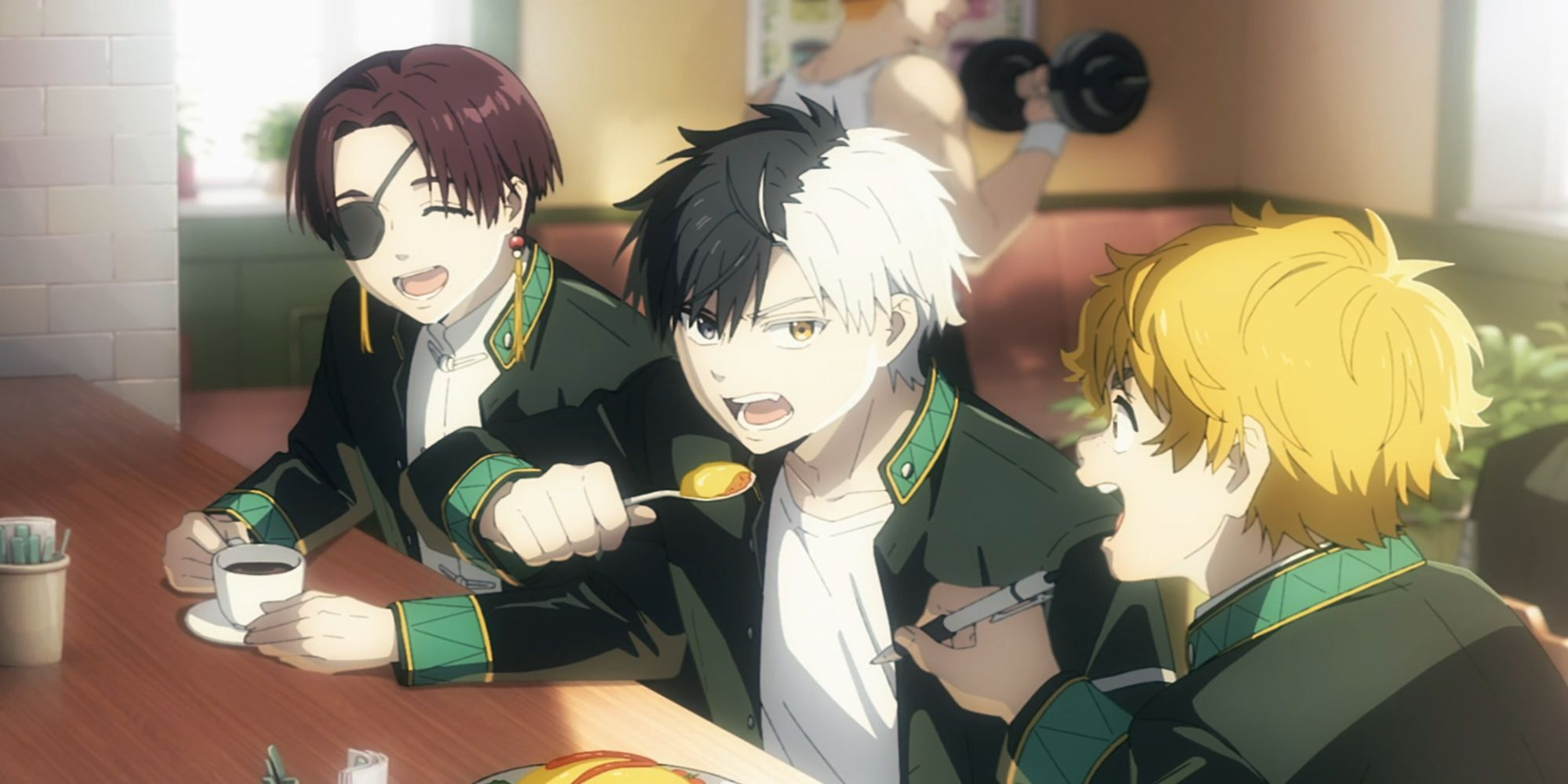
While tragic pasts are a standard revelation in shonen series, Wind Breaker shows that it also needs to be timed properly, otherwise this trope becomes too obnoxious.
Wind Breaker’s Flashbacks Feel Forced In
Anime’s Use of Backstory Shows Artificiality of Use
Haruka and Jo’s fight serves as a clash of opposing gang philosophies in this promising new delinquent anime, providing plenty of excuses for the two to shout at each other about the nature of strength as much as they trade blows in between. Halfway through the episode, however, the focus shifts to exploring Jo’s time in Lion’s Head. While the scenes of his and Choji’s friendship in the past add some depth to their characters, it still feels like an attempt to excuse their thuggery and bullying by showing how they aren’t always one-dimensional villains, merely only so in the present, when fight scenes are required.
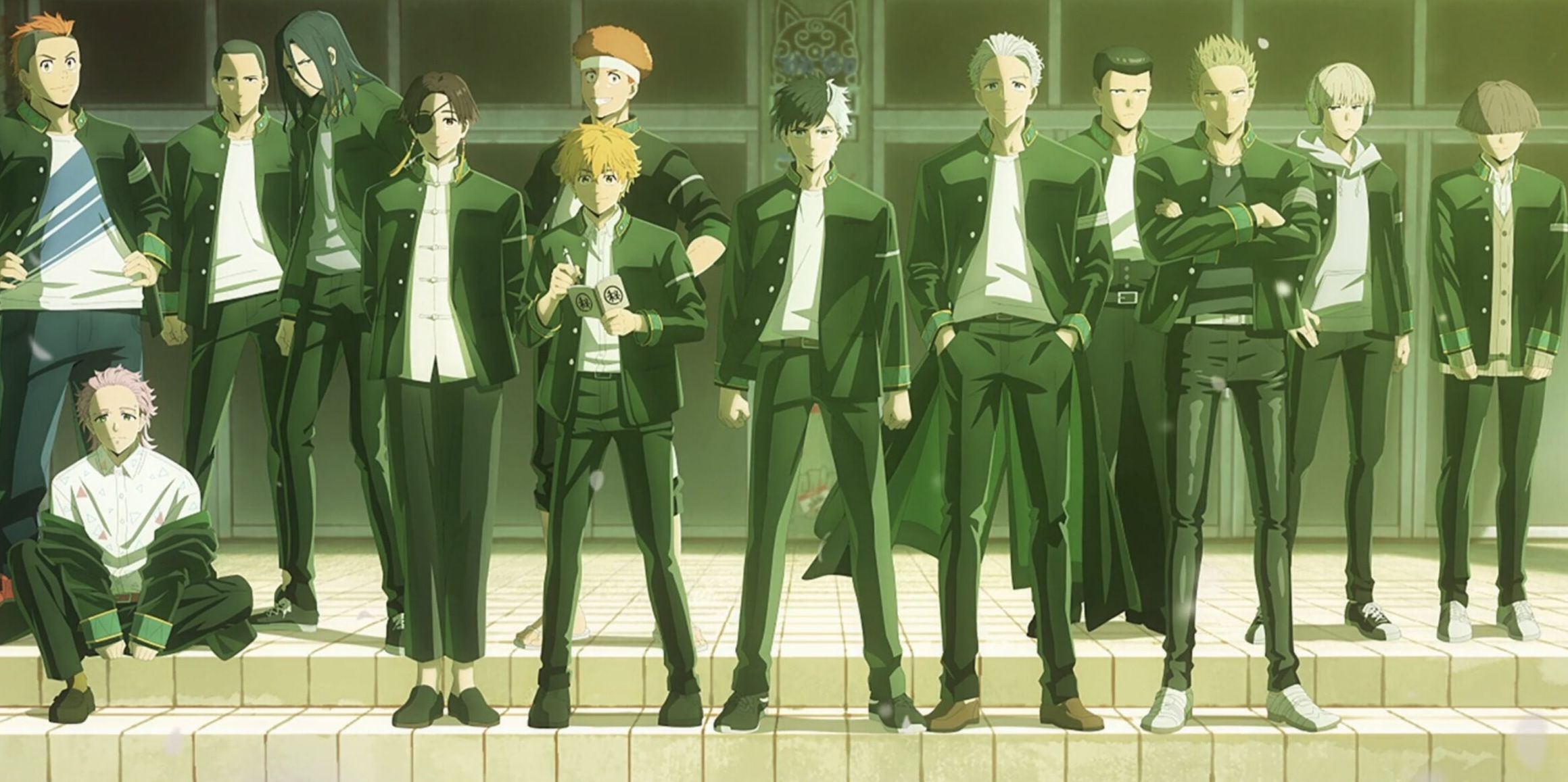
This is compounded by Jo essentially narrating to the audience that his ruthlessness is just an act to protect Choji’s reputation. It feels apologetic, as if the anime is telling its audience that Jo might be a violent gang enforcer, but he’s a good person who is just pretending. But these details are revealed even while Lion’s Head is having its stint as an antagonist. It feels poorly timed, like the anime is afraid that audiences will hate the rival gang too quickly, especially since the ending credits imply its leaders will make regular future appearances. Thus, sad histories are employed to garner sympathy before the dust settles.
A Tried-and-true Anime Trope is More Worn-and-tired Today
Tragic backstories for villains are part and parcel of anime. Even as far back as the 1980s, Thouzer from Fist of the North Star was excused from his bloody tyranny by his insanity and grief for his dead master. Famously, Gaara from Naruto made the transition from ruthless killer to beloved ally with the judicious use of a traumatic childhood. Nonetheless, frequent use of this plot device cheapens it with time, and Wind Breaker‘s attempt is difficult to take seriously, as it comes off as an obvious request to forgive Jo and Choji, and ask them back as recurring secondaries.
